6 Tips for Flossing the Right Way
Is flossing the missing link in your oral hygiene routine? Dental professionals across the board highly recommend their patients floss at least once a day, preferably before bedtime. Brushing alone leaves 35% of the surfaces of your teeth uncleaned. Flossing will keep those hard-to-reach areas clean. Plaque, bacteria, and food particles can get stuck in areas your toothbrush cannot reach. Add flossing to your daily dental cleaning routine, and you tackle an important factor in improving your overall oral health.
Are you flossing the right way?
It may seem like a no-brainer. You know how to floss, right? Well, maybe not. Here are six beneficial tips that will help you floss properly:
1. Use a good amount of dental floss, approximately 18-24”. Think back to when you visit your dental hygienist. They don’t skimp on the length of floss they use to clean your teeth, and neither should you.
2. Slide the floss in a zig-zag motion between your teeth to cover all surface areas and avoid the floss snapping down hard on your gums.
3. Start in the same spot each time and move through your mouth in a certain pattern. Creating the habit of going from left to right, then top to bottom (or any order you choose) can ensure you don’t miss a spot here and there.
4. Curve the floss around the base of each tooth and pull down gently until just under the gum line.
5. Don’t use the same portion of floss twice. This can spread bacteria or food particles to other areas of your mouth.
6. Floss after brushing but before rinsing so that the floss pulls the toothpaste in between the teeth. Make sure to rinse with clean water afterwards, swish a little to loosen stubborn particles and spit out.
Two Types of Floss
Nylon floss has been around for years and comes waxed or unwaxed and in several flavor options. This type of floss is made from several strands of nylon fibers that can sometimes rip or tear away. If this is something you prefer to avoid, monofilament floss (more like tape) will not shred but can be more expensive. Both are great for flossing, and it really is just a matter of preference. Experiment with different types of floss to find the best variety for you. The less frustrating the process of flossing, the more likely you will be to keep up with it.
That Dentist Clean Feeling
Who doesn’t love that feeling of having your teeth cleaned at the dentist? Flossing is a big part of that. When you visit your dentist, they always want to know if you are consistently flossing. It is often the one piece of dental hygiene that people generally forget. If you make it a part of your routine, your teeth and gums will be healthier, your dentist will be happier, and your smile will be brighter. Visiting your dentist every six months for a checkup and cleaning is important. With regular visits, any changes can be detected early and necessary preventative measures put into place immediately.
This article was originally published in June of 2016 and has been recently updated.
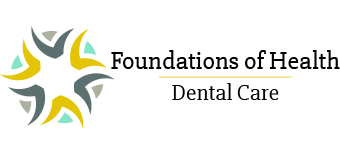
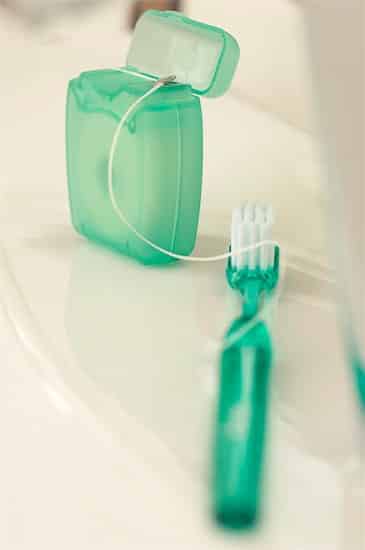



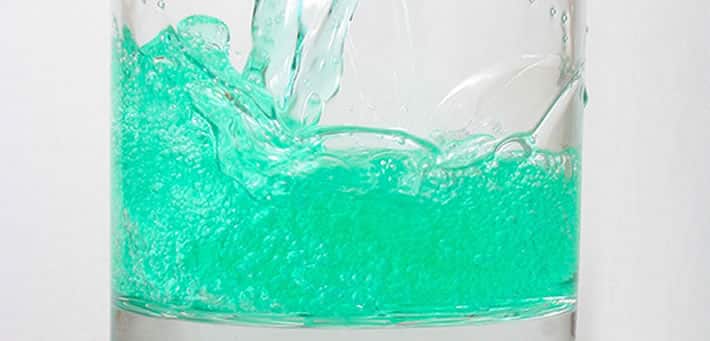



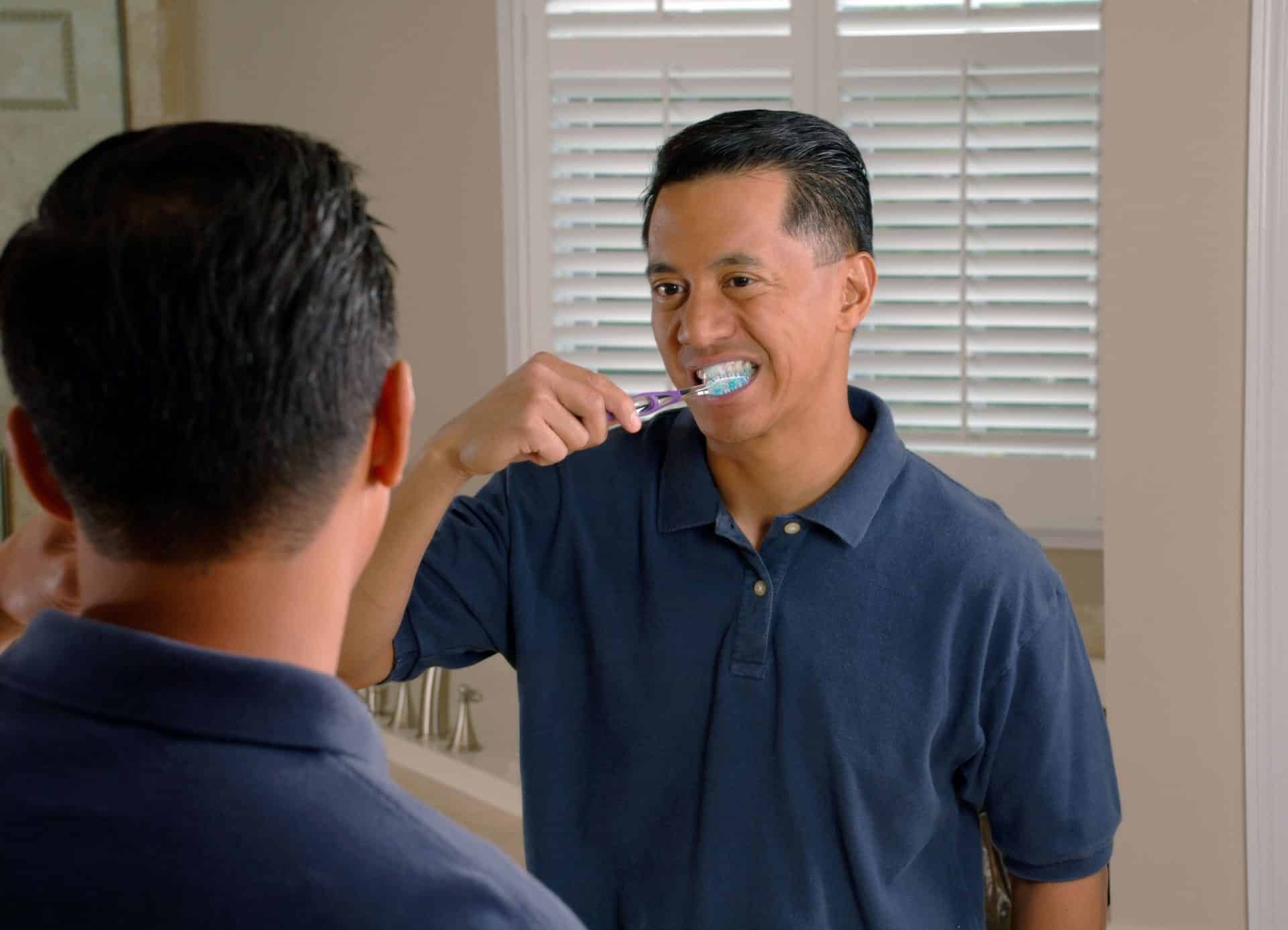
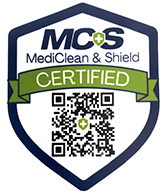
Trackbacks & Pingbacks
[…] each day. Brushing alone leaves behind 35% of your teeth surfaces untouched. Show your children the proper way to floss and invest in fun, easy and colorful tools to encourage daily use. Little fingers often have a […]
[…] set oral care routine in place will help your smile. Brush and floss twice a day. Make sure you are flossing properly to clean the surfaces your toothbrush cannot reach. Adding mouthwash can be another way to protect […]
Comments are closed.